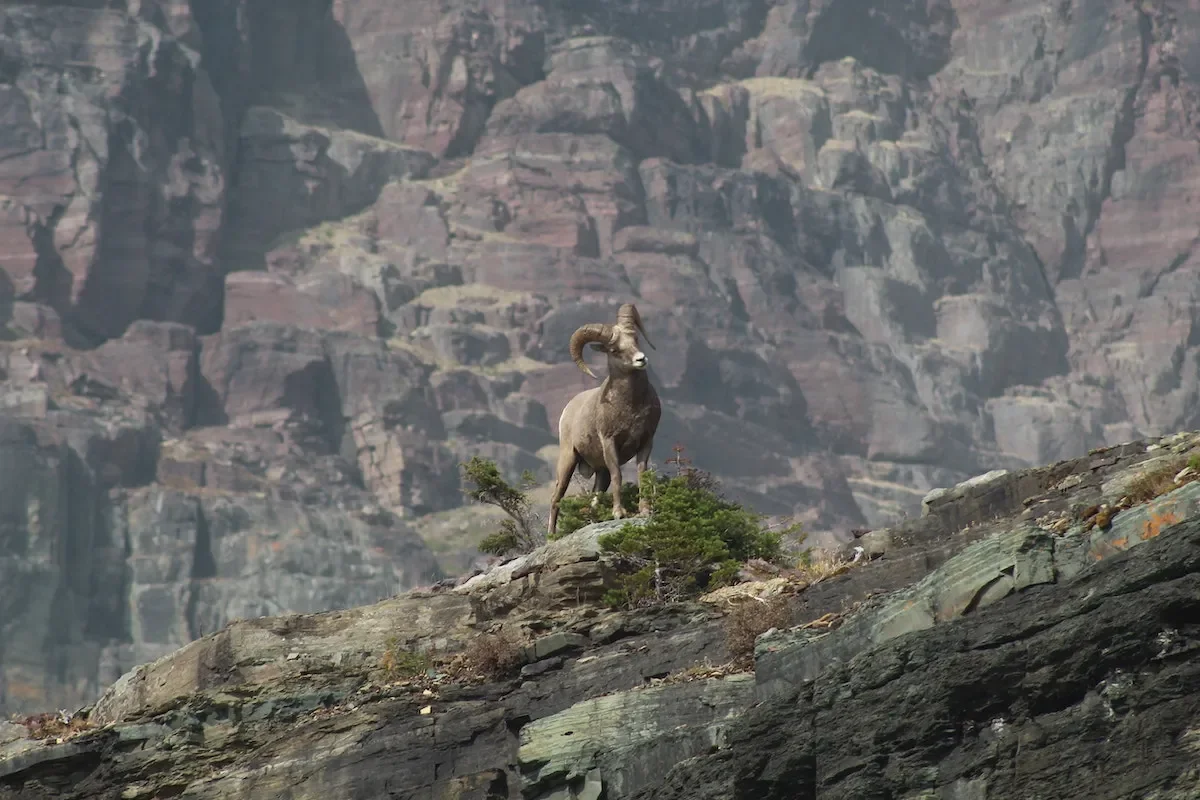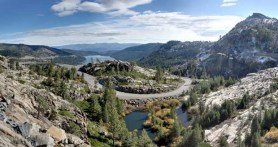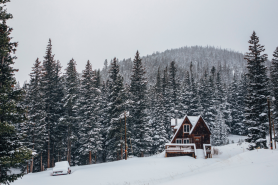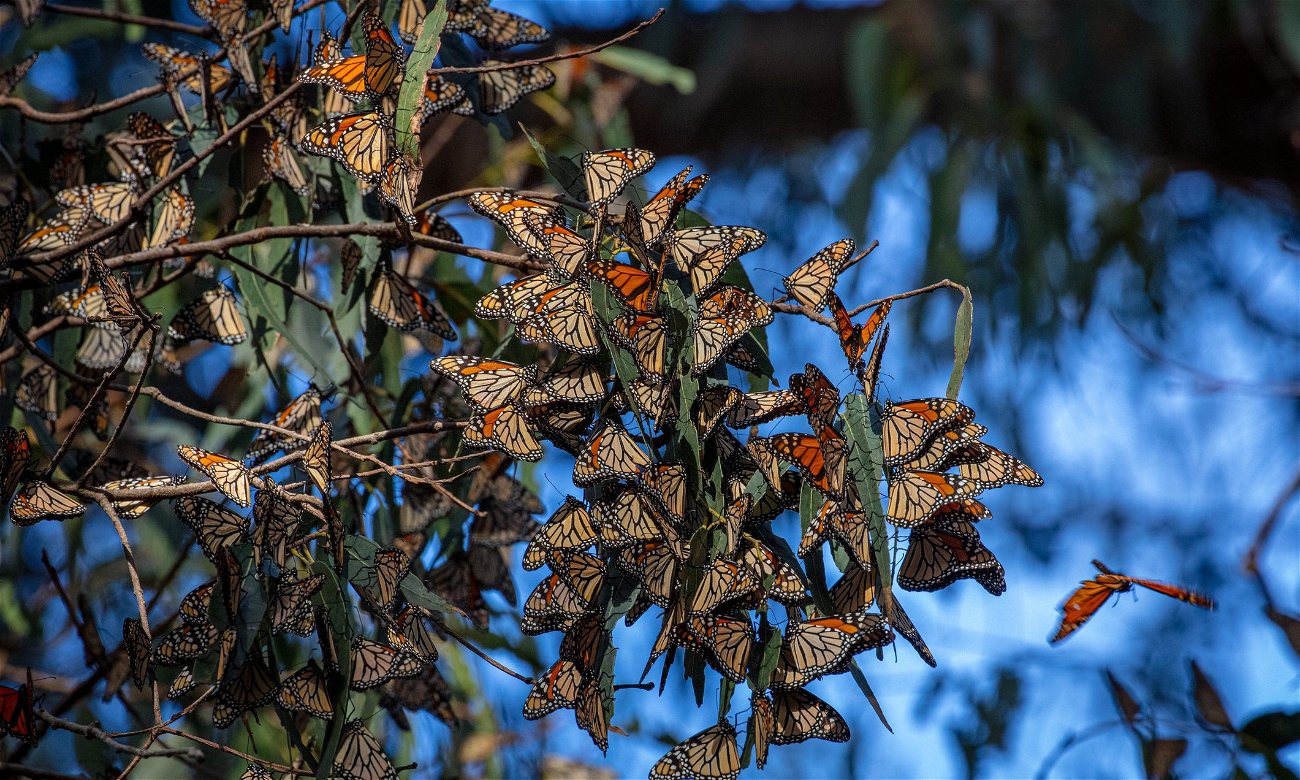

Two years ago, volunteers recorded just 2,000 endangered monarch butterflies during their annual survey. Now, they’ve spotted a whopping 335,000—the highest count in more than two decades.
The butterfly count, which takes place every Thanksgiving in California and Arizona, is a way of monitoring the health of the western monarch, which is still an endangered species according to the International Union for the Conservation of Nature. (Scientists estimate that even this year’s population is just 10% of what it used to be back in the 1980s.)
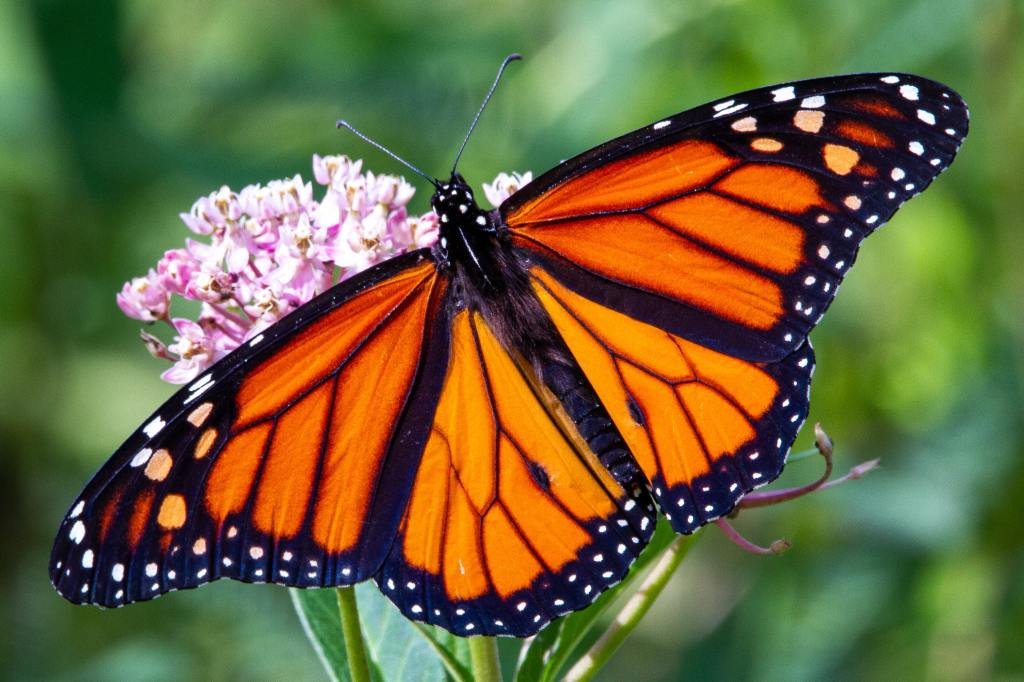
While the western monarch butterfly still has a long way to go, this year’s numbers may be evidence that recovery is possible. The population increase may be in part due to conservation efforts throughout the West, which include planting milkweed (the monarch’s preferred food source) and reducing habitat destruction.
Still, monarch conservation hasn’t been easy. That’s because the butterflies migrate up to 4,000 miles every year. Given that the insects only live for a few months, it’s a journey that no single butterfly ever completes. Instead, the cloud of monarchs moves almost as a single organism, with each generation following the next.
Because of the massive distance between monarchs’ summering grounds and wintering grounds, conservation efforts have to be international in scale. In California, they also have to be forward-thinking.
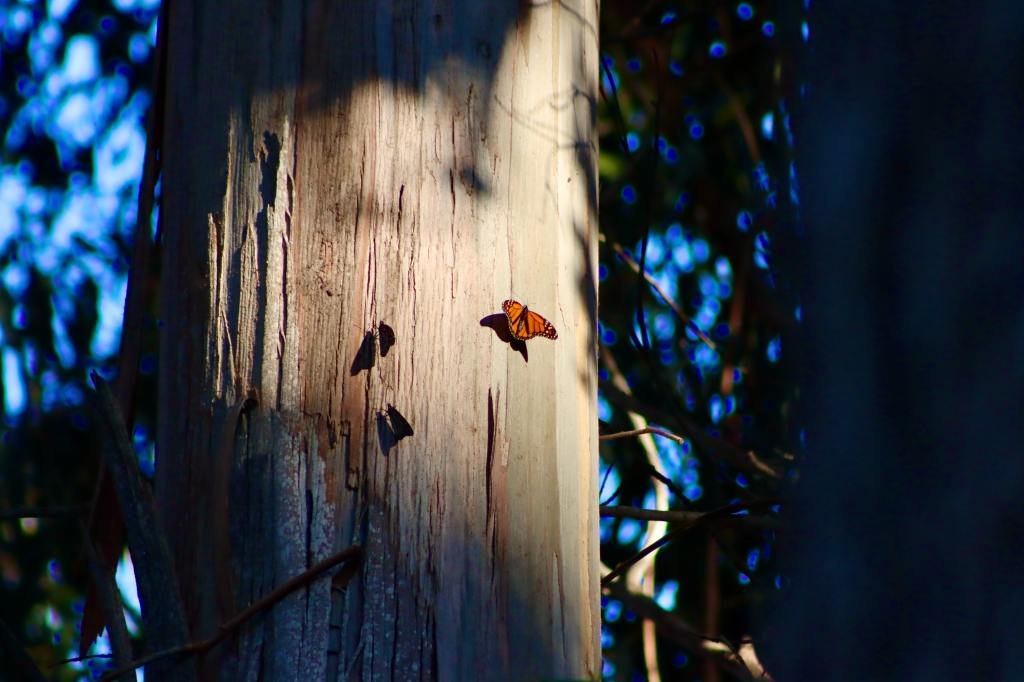
This winter, just after the successful Thanksgiving count, massive storms swept across the state, causing flooding and significant loss of eucalyptus trees, which the monarchs prefer for roosting. In the future, state-wide flood management and tree-replacement strategies could be critical to keeping the species going.
“The plain fact is that if we lose overwintering sites in California, we could lose migratory western monarchs,” said conservation biologist Isis Howard in a recent interview. “Development, eucalyptus removal, and tree trimming all need to be managed thoughtfully if we are to leave space for these animals to survive.”
